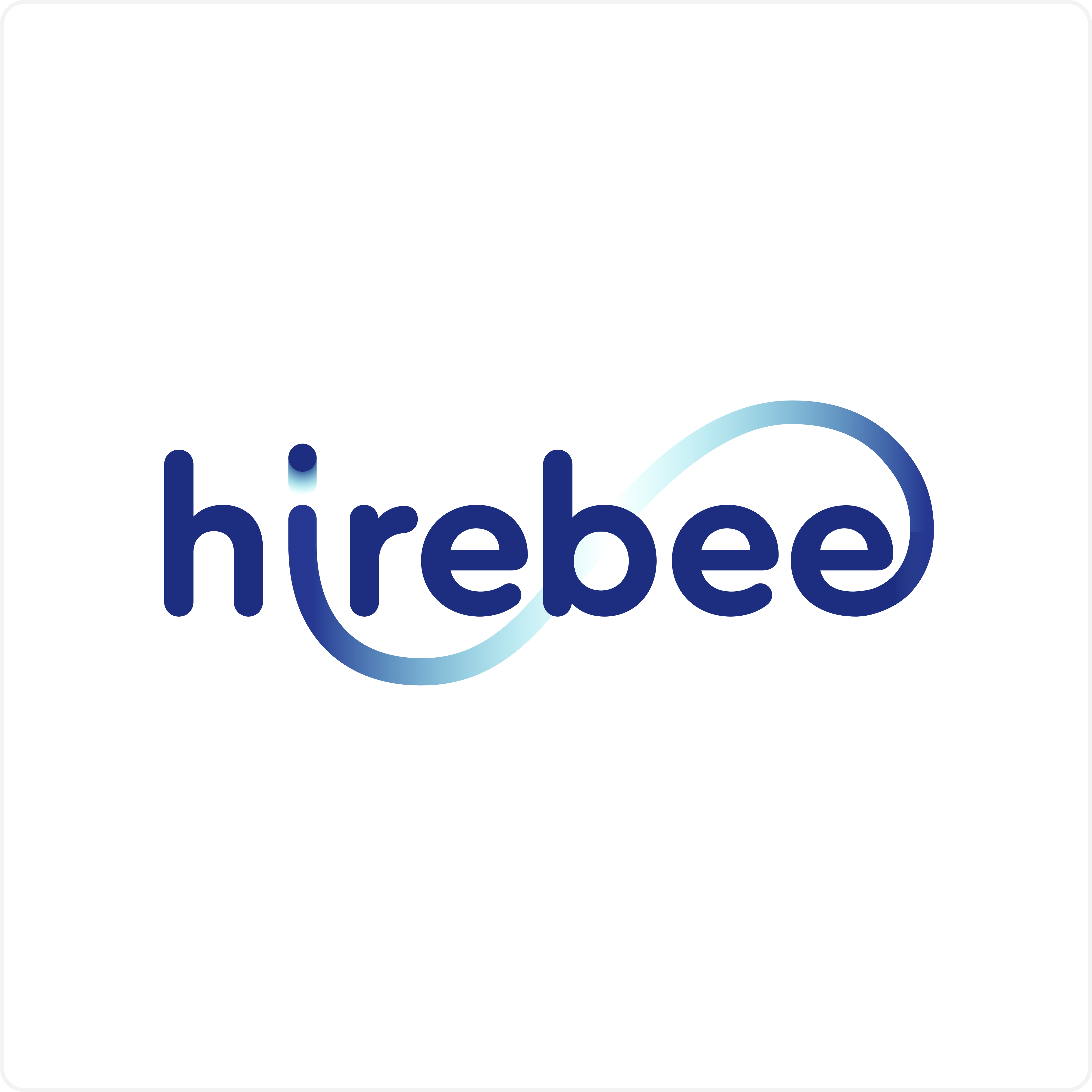Employee referral programs are an effective way to source candidates for employment opportunities. These programs can be used to identify and attract qualified candidates who may not otherwise be available through traditional hiring methods. The best practices of using employee referral programs to source candidates involve creating a positive and meaningful referral experience for employees, setting clear guidelines and expectations for referrals, and providing incentives for successful referrals. Additionally, it is important to ensure that referral programs meet legal and compliance requirements.
When creating a positive and meaningful referral experience, employers should focus on making the process easy and rewarding for employees. This includes providing clear information about the referral process, making sure that the referral criteria are clearly outlined, and developing incentives to encourage referrals. Additionally, employers should ensure that the program is properly communicated to employees and that they are adequately trained on how to make successful referrals.
Setting clear guidelines and expectations for referrals is also important. This includes establishing criteria for who is eligible to refer candidates, ensuring that referral forms include all necessary information, and properly screening referred candidates. Furthermore, employers should consider offering incentives to employees who refer successful candidates, such as cash bonuses, gift cards, or additional vacation days.
Finally, it is important to ensure that employee referral programs meet legal and compliance requirements. This includes ensuring that referral forms are compliant with relevant laws and regulations, such as the Equal Employment Opportunity Commission (EEOC). Additionally, employers should ensure that referrals are made in a manner that is consistent with their non-discrimination and anti-harassment policies.
By following these best practices, employers can effectively use employee referral programs to source qualified candidates and create a positive referral experience for their employees.
Table of Contents
ToggleWhy You Should Consider Developing a High-Volume Hiring Strategy
High-volume hiring strategies help businesses scale quickly and efficiently. It is especially effective for larger organizations that need to fill numerous positions in a short period of time. Developing a high-volume hiring strategy is beneficial in many ways.
First, it helps businesses save time and money. Taking a systematic approach to recruitment allows employers to quickly identify and assess potential candidates who meet the job specifications. Companies can also leverage technology to streamline the hiring process and automate repetitive tasks such as screening and scheduling interviews.
Second, it improves the quality of hires. With a high-volume hiring strategy, employers can more accurately evaluate the skills and qualifications of each applicant. This ensures that the right people are recruited to fill the positions.
Third, it reduces the risk of bias. By automating the process, employers can limit the influence of their preferences and biases when selecting candidates.
Finally, it increases retention rates. A high-volume hiring strategy ensures that the right candidates are hired and that they are well-suited to the organization. This leads to improved employee satisfaction and a lower turnover rate.
Hirebee can help you find the right talent for your firm with its recruitment analytics and recruitment automation services. Both of these ensure that the right talent will come to you through an optimized resource.
In summary, developing a high-volume hiring strategy can be beneficial for businesses. It helps them save time and money, improves the quality of hires, reduces the risk of bias, and increases retention rates.
Strategies for Finding and Screening Relevant Candidates
Study the Relevant Recruiting Metrics
Recruiting metrics are a great way to measure the effectiveness of a recruiting strategy and understand the return on investment (ROI) of the recruiting process. High-volume recruitment requires measuring and tracking multiple metrics to ensure success. While the exact metrics used will depend on the company’s recruiting strategy, the following are some of the most relevant metrics for high-volume recruitment.
1. Cost Per Hire: This metric measures the cost of recruiting new talent, including salary and benefits, advertising fees, and recruiting fees. It is an important metric to track to ensure the recruitment process is cost-effective.
2. Time to Fill: This metric measures how long it takes to fill a position and is an important indicator of the effectiveness of the recruitment process. A high time to fill could indicate a need to adjust the recruitment process or look for new recruiting strategies.
3. Quality of Hire: This metric measures the quality of the hires in terms of their performance on the job and their fit for the company. It is important to track this metric to ensure that the talent being recruited is the right fit for the company.
4. Source of Hire: This metric measures which sources are the most effective in bringing in quality hires. This metric can be used to identify which recruitment channels are the most effective, and which should be used more or less in the future.
5. Applicant Volume: This metric measures how many applicants are applying for a position. A high applicant volume can be beneficial, as it can increase the chances of finding the right candidate. However, a low applicant volume could indicate a need to adjust the recruitment process or look for new recruiting channels.
By tracking these metrics, companies can gain insight into the effectiveness of their recruitment process and adjust their recruitment strategies accordingly.
Use Video Interviews for Candidate Screening
Video interviews are a great way to screen and select candidates. Video interviews allow employers to quickly and efficiently review a large number of candidates without the need to travel or arrange face-to-face interviews. They also allow employers to get to know candidates on a more personal level and to assess their communication skills. Video interviews are also an efficient way to assess technical skills, such as coding or computer programming, as the candidate can demonstrate their abilities in real-time.
Video interviews provide a cost-effective way to pre-screen candidates and determine who deserves an in-person interview. Employers can ask the same questions of all candidates, allowing them to make fair and unbiased decisions. Candidates also benefit from video interviews as they provide an opportunity to showcase their skills and to communicate their knowledge and enthusiasm for the job.
Video interviews can be conducted in a variety of ways, from on-demand pre-recorded video interviews to live two-way video conference calls. Employers can use these methods to assess a range of factors, such as communication skills, technical abilities, and problem-solving skills. Video interviews are also an effective way for employers to assess the cultural fit of the candidate and to better understand how the candidate would fit into their organization.
Overall, video interviews are an efficient and cost-effective way to screen and select candidates. They provide employers with an easy and efficient way to review a large number of candidates and to assess their skills and cultural fit. Video interviews also provide a great opportunity for candidates to showcase their skills and enthusiasm for the job.
Improve Applicant Engagement
Applicant engagement is an important part of the recruitment process. It is the process of ensuring that candidates have an enjoyable and efficient experience when applying for a job. This can be done through the use of applicant tracking systems (ATS) and customer relationship management (CRM) systems.
An ATS is a software application that helps recruiters manage job postings, track applicants, and store and analyze candidate data. It can be used to automate recruitment processes, streamline workflow, and create a better experience for applicants. For example, an ATS can provide job seekers with automated emails and notifications when they have been accepted or rejected. This can help applicants feel more connected to the recruitment process and ensure they receive timely updates.
CRM systems help recruiters build relationships with potential applicants. They enable recruiters to track interactions with applicants and provide personalized communication. CRM systems allow recruiters to send targeted messages to each applicant, helping to create a more personal experience. They can also provide useful insights into applicant behavior and preferences, which can help recruiters tailor their recruitment strategies.
By using ATS and CRM systems, recruiters can improve applicant engagement and create a better experience for job seekers. These systems can help recruiters save time and resources while providing applicants with a more personalized and efficient experience. Using ATS and CRM systems can give applicants a sense of connection and engagement with the company, which can help them form a positive opinion of the organization.
Do Not Just Look for Candidates on Job Boards
Job boards are a great way to find candidates, but they are not the only way. When searching for candidates, employers should also consider networking, referrals, social media, and candidate sourcing software. Networking is a great way to find potential employees. Employers can attend job fairs, join professional organizations, or reach out to other employers in the industry. Referrals from current employees can also be a great source of potential candidates. Employees can be incentivized to refer a friend or colleague, as they often have access to a larger pool of potential candidates. Finally, employers should also consider utilizing social media platforms such as LinkedIn, Facebook, Twitter, and Instagram. These platforms allow employers to reach out to potential candidates and build a connection before even discussing the job. By using a variety of platforms to search for candidates, employers can ensure that they are reaching the widest possible pool of potential employees.
Streamline and Optimize the Process Using AI
Artificial Intelligence (AI) can be used to streamline and optimize the process of scheduling and coordination. AI can be used to automate mundane tasks, freeing up human resources for more important tasks. AI can also be used to analyze data and uncover insights that can help improve the scheduling and coordination process. For example, AI can be used to identify patterns in scheduling and coordination data and use those insights to suggest changes and improvements. AI can also be used to develop predictive models that can provide more accurate forecasts of resource needs and help prevent over- and under-allocation of resources. AI can also be used to develop automated decision-making systems that can help ensure an optimal scheduling and coordination process. AI can be used to automate communication between stakeholders, helping to ensure that everyone is on the same page and that tasks are completed on time. AI can also be used to monitor the scheduling and coordination process and alert stakeholders when potential problems arise. By streamlining and optimizing the process of scheduling and coordination with AI, organizations can increase efficiency and reduce costs.
Reduce Candidate Bias
Automated assessment tools have proven to be effective in reducing candidate bias during the recruitment process. By using these tools, employers can reduce the potential for bias in decision-making by providing a more objective way to evaluate candidates. Automated assessment tools are designed to eliminate subjectivity and personal opinion by presenting a consistent set of criteria to evaluate each candidate.
These tools are designed to provide a more objective and impartial view of the candidate. They offer a consistent evaluation system that helps to eliminate any potential bias by providing a consistent set of criteria to measure the candidate. Automated assessments can also provide detailed feedback to the recruiters, which can help to identify any potential areas of bias.
Additionally, automated assessment tools can help to reduce time-consuming manual processes. By streamlining the recruitment process, recruiters can focus more on assessing the candidate’s qualifications, rather than spending time on paperwork.
Overall, automated assessment tools are an effective way to reduce candidate bias during the recruitment process. They provide a consistent set of criteria to evaluate each candidate, eliminating any potential for bias in decision-making. Furthermore, automated assessment tools can help to reduce time spent on manual processes, allowing recruiters to focus on assessing the candidate’s qualifications.
Conclusion
Finding and screening large numbers of candidates can be a daunting task, but it is essential for finding the best fit for your organization. Utilizing a combination of job boards, employee referrals, and social media can help broaden your candidate pool. Additionally, utilizing a pre-screening questionnaire and video interviews can help you quickly and efficiently assess a large number of applicants. With these strategies in place, you can identify the right fit for your organization in a timely and cost-effective manner.
Hirebee can help you source the right talent for your firm with its suite of other features as well. Through effective job distribution and recruitment marketing, you can rest assured that you will be able to find the right talent for your team.









